AMD Ryzen Laptop Preview: Asus ROG Strix GL702ZC Benchmarked
July 13, 2017 | 19:00
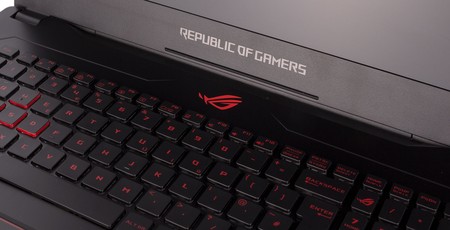
Performance Analysis
Again, our results should be taken with a pinch of salt due to this being an early sample. Nonetheless, in tests where core and thread counts matter – Cinebench and Terragen 4 – the Ryzen 5 1600 CPU shows real strength, smashing the scores of laptops with the four-core/eight-thread Intel Core i7-7700HQ. It lags behind in PCMark 8, however, where cores are less important than clock speed.
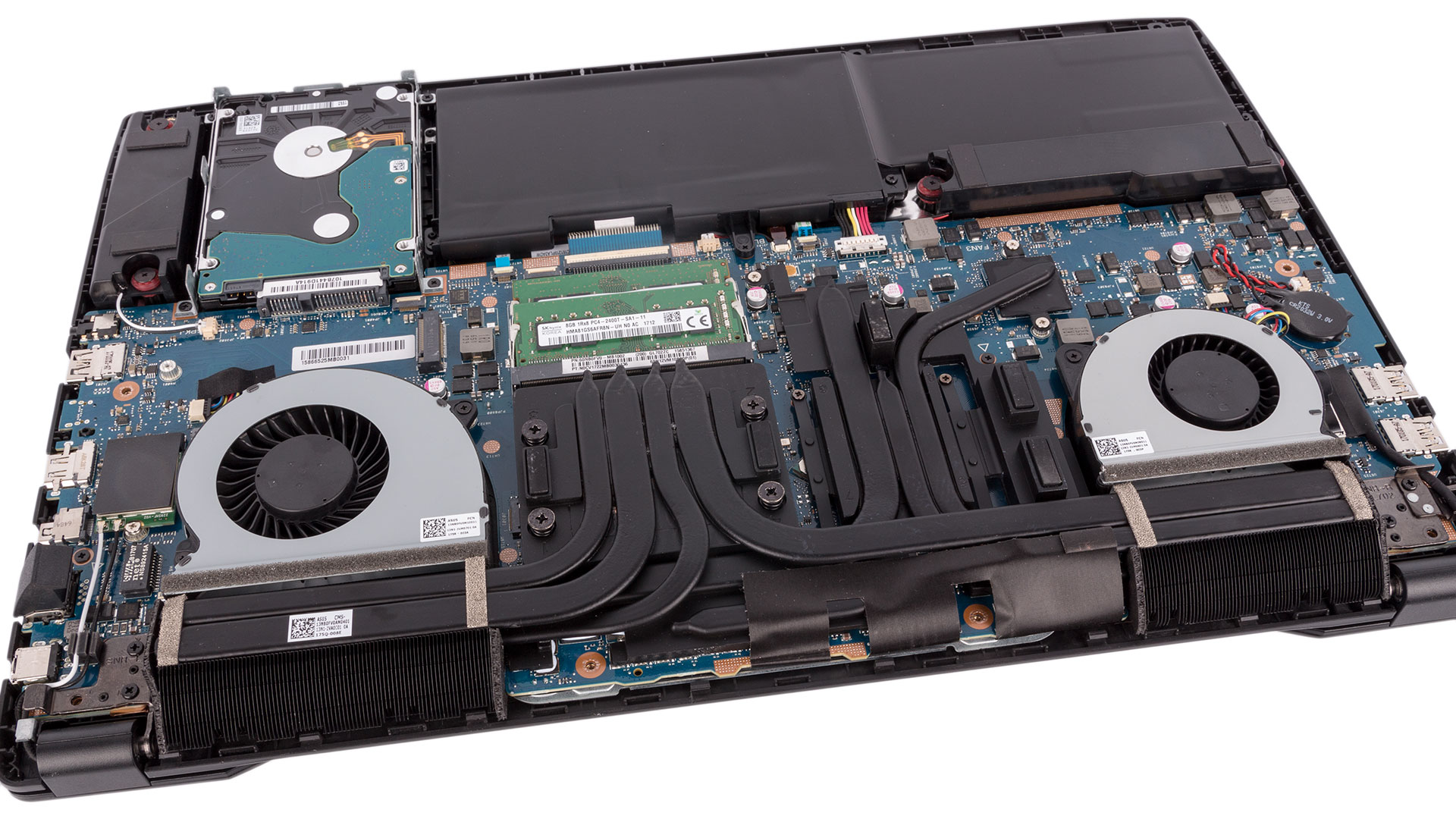
In games, we see the RX 580 offer comparable performance to a GTX 1060 laptop, the Gigabyte Aero 15. It's a little faster in DirectX 12 and a bit slower in DirectX 11, which all tallies with what we see from these two GPUs on the desktop. Clearly, the CPU is easily able to feed the GPU with enough power.
Stressing the CPU with Prime95 saw temperatures hit 95°C with 3.3GHz maintained across the cores and 173W being drawn at the wall. Left idle and charging, this dropped to 73W. Under a gaming workload, the power draw peaked at 225W, making it a bit clearer why the power brick is so large. The system fans were running loudly at full speed well within 10 minutes, but this isn't surprising, and the GPU clock speeds were at least maintained flawlessly.
The light workload battery life of about 90 minutes is disappointing, but there could be a number of optimisations to be made here.
Our gaming battery life test showed weird results. After about half an hour, we still had 60 percent battery left, but the GPU memory clock was apparently capped the whole time at 300MHz (1.2Gbps effective) according to GPU-Z and seemed to be hindering performance massively – Unigine Valley was stuttering along at less than 20fps. We did not complete this test, as it seemed something was awry here, and we'll have to wait for final samples for a proper analysis.

Final Thoughts
The Asus ROG Strix GL702ZC is an interesting product to say the least. Seeing six cores and 12 threads in a mainstream laptop is undeniably cool, and in specific workloads it has the ability to crush Intel's best mobile Kaby Lake offerings. However, it clearly comes at a cost with regards to size, weight, noise, and battery life – this is very much a desktop replacement laptop. Intel is also rumoured to be bringing six-core Coffee Lake mobile CPUs to the market, although exactly when is hard to gauge. We'd guess it will be quite a while after this product launches, but it's still something that could put this laptop in a tricky position.
The RX 580 is perhaps a strange choice. Given that the CPU and GPU are separate here, Asus could have in theory gone for an Nvidia GPU and gotten the associated power saving benefits. You will at least get FreeSync baked into the screen, although we've been unable to assess how well it works with our early sample.
It's a little tricky to see where the ROG Strix GL702ZC will fit into the market, but that's because we're missing a critical piece of information: price. That will be a large part of what determines its success. Asus has opted for power and performance over portability here, although the GL702ZC wouldn't be difficult to take to a LAN once in a while. Either way, it's great to see an AMD CPU inside a powerful notebook – let us know your own thoughts in the comments below.

MSI MPG Velox 100R Chassis Review
October 14 2021 | 15:04

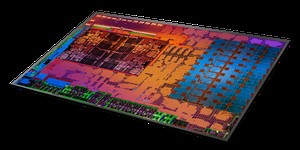
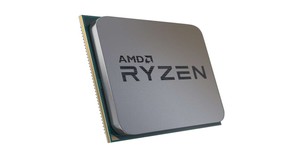
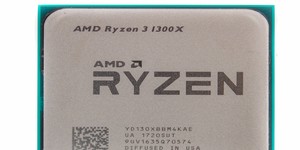




Want to comment? Please log in.